Woody > Lonicera > Lonicera tatarica > Lonicera tatarica 'Nana'
Lonicera tatarica
'Nana'
Dwarf honeysuckle
Origin: First recorded in Fontenay-aux Roses, France in 1825
Mike's
Opinion


"
A dwarfed cultivar of the Tartarian Honeysuckle. A hearty shrub, one of the first to leaf out in the spring and one of the last to drops its leaves in the autumn. This is a plant that is typically avoided when planting because of its aggression in the landscape. Seeds are transported and dispersed effortlessly by birds and other mammals making it a very invasive plant. The negatives qualities of this shrub out weigh the positives, making it a nuisance to have in the garden.
Michael Pascoe, NDP., ODH., CLT., MSc. (Plant Conservation)
"
| Family |
| Caprifoliaceae |
| Genus |
| Lonicera |
| Species |
| tatarica |
| Cultivar |
| 'Nana' |
| Category |
| Woody |
| Type |
| Shrub (deciduous) |
| Pronunciation |
| USDA Hardiness Zone |
| 3-8 |
| Canadian Hardiness Zone |
| 3-9 |
| Temperature (°C) |
| (-37) - (-39) |
| Temperature (°F) |
| (-40) - (-35) |
| Height |
| 1 m |
| Spread |
| 1 m |
Photographs
Description and Growing Information
Flowering Period
| General Description |
| A vigorous, invasive, multi-stemmed shrub. |
| Landscape |
| Although it was once commonly used as an ornamental shrub for its flowers and aroma, the shrub is now typically avoided due to its invasive and weed-like nature. |
| Cultivation |
| Adaptable to a variety of environmental conditions will with stand partial shade but flowers more profusely in full sun. Tolerant of many soil types and will grow in a pH of 4.5 - 8, although it prefers loamy, moist, well-drained, disturbed soils. |
| Shape |
| Small, erect, wide spreading shrub. |
| Growth |
| Slow |
| ID Characteristic |
| Dwarfed version of Lonicera tatarica reaching 1 m in height. Flowers are always pink, often accompanied by insects and birds due to its desirable flowers and berries. Stems are usually hollow and very brittle. Red berries appear in July and persist throughout the winter. |
| Pests |
| Powdery Mildew, Gray Mold, Decays and Wood Rot. Honeysuckle aphid may also be a problem, although a resistance has been found in Lonicera tatarica ‘Arnold Red’ and other small cultivars. |
| Habitat |
| Horticultural origin. |
| Bark/Stem Description |
| Light gray bark that will naturally split vertically as shrub reaches maturity, giving it an interesting coarse texture. |
| Flower/Leaf Bud Description |
| Buds are light brown, superimposed and overlapped. |
| Leaf Description |
| Opposite, oval-ovate leaves, which are blunt at the tips. Leaves are hairless and smooth and can be a dull green to a green-blue in colour. |
| Flower Description |
| Semi tubular, pink flowers with five slender petals and prominent yellow anthers and stigma. Due to colour and sweet aroma the flowers attract hummingbirds and butterflies. |
| Fruit Description |
| Small clusters of round berries, which turn bright red when mature and carry on throughout most of the winter. Mature berries can be mildly poisonous if ingested by humans. |
| Colour Description |
| Foliage is a blue-green turning into a dark green offering no autumn interest. Bark is a pale light gray with green to ruddy brown shoots. |
| Texture Description |
| Foliage is smooth and hairless. The bark is coarse and rough with age. |
| Notable Specimens |
| Weldon Library, University of Western Ontario, London, Ontario Canada. |
| Propagation |
| Take softwood cuttings in late spring to summer. Layering is also another method used however; this shrub is not recommended for propagation because of its invasive habit, it takes over natural environments and increases monoculture. |
References
Graham Stuart, Thomas “Ornamental shrubs, Climbers and Bamboos”: 1992. Sagapress, inc/ timber Press, Inc. 264pp. 22 Nov 2012
The University of Montana “Lonicer tatarica- Tartarian honeysuckle” nhguide.dbs.umt.edu/index.php n.d Web. 22 Nov 2012
http://nhguide.dbs.umt.edu/index.php?c=plants&m=desc&id=208